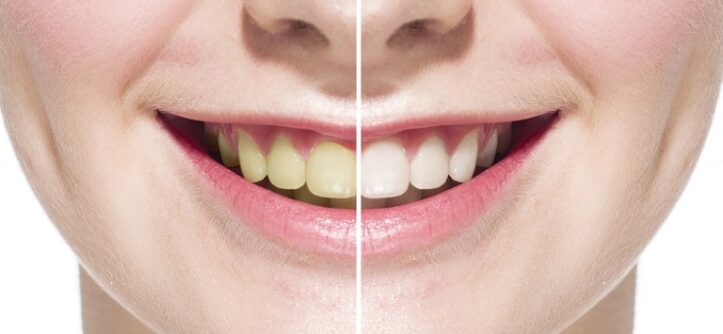Professional teeth whitening effectively enhances your smile by removing stains and discoloration using safe, high-concentration bleaching agents. The procedure, usually performed in a dentist’s office, can produce noticeable results quickly, often within one appointment. It targets both surface stains and
What Are The Fears of Dental Procedures and How Can They Be Addressed?
Visiting the dentist can be nerve-wracking for many. Common fears include pain, injections, or bad experiences. To manage anxiety, try sharing your concerns with the dentist so they can explain procedures and address fears. Practice deep breathing or listen to
How Can You Ensure Long-Lasting Window and Mirror Installations?
Windows and mirrors enhance homes and businesses by offering light, style, and function. To ensure their longevity, clean them regularly with gentle, non-abrasive solutions to prevent scratches and build-up. Inspect seals and frames for damage to avoid leaks and energy
The Ultimate Moving Checklist: Save Time and Stay Organized
Moving can be one of the most daunting tasks we face in life. Whether you’re headed across town or to a different state, staying organized is crucial. To help keep your move stress-free, we’ve crafted the ultimate moving checklist. This
How to Choose the Best Orthodontic Treatment for Your Needs
Finding the right orthodontic treatment can be overwhelming due to numerous options. Don’t worry; this guide simplifies your decision. We’ll look at popular treatments like traditional braces, clear aligners, and ceramic braces. Key factors to consider include your dental needs,
Choosing the Best Shed Builder: Key Factors to Consider
Building a shed can be a fantastic home improvement project, whether you’re looking for extra storage space, a workshop, or even a backyard getaway. But how do you choose the best shed builder for the job? With so many options
How Does Security Tint Enhance Protection for My Property?
Security is a top concern when it comes to property ownership. Whether you’re safeguarding your home or a commercial space, enhancements like security tint can make a world of difference. Let’s explore how security tint can add layers of protection,







